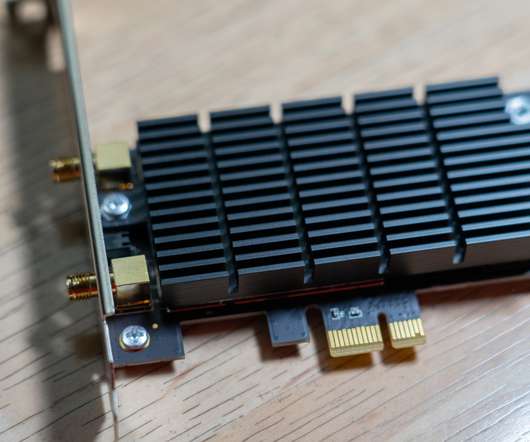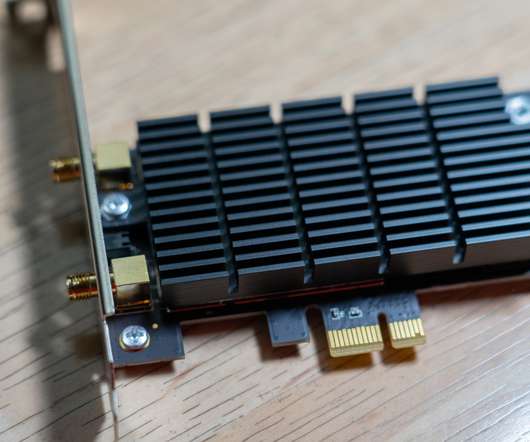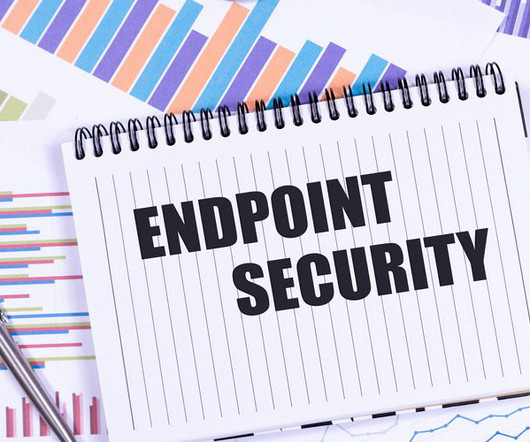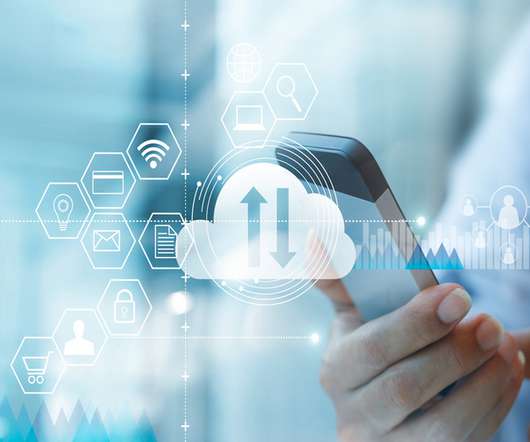Legacy Modernization: How It Improves Your Business
Kaseya
JULY 1, 2021
Legacy modernization, also commonly referred to as application modernization or platform modernization, involves the transformation of legacy systems to newer technologies for better operations and efficiency. What Are Legacy Systems? What Are Some Types of Legacy Systems? Why Are Legacy Systems Still Used?















Let's personalize your content